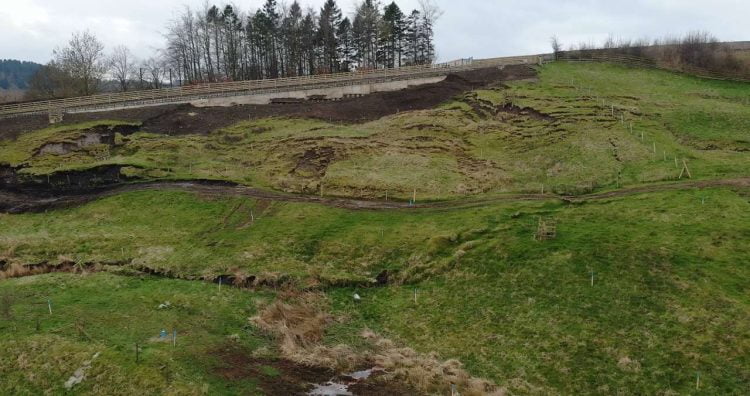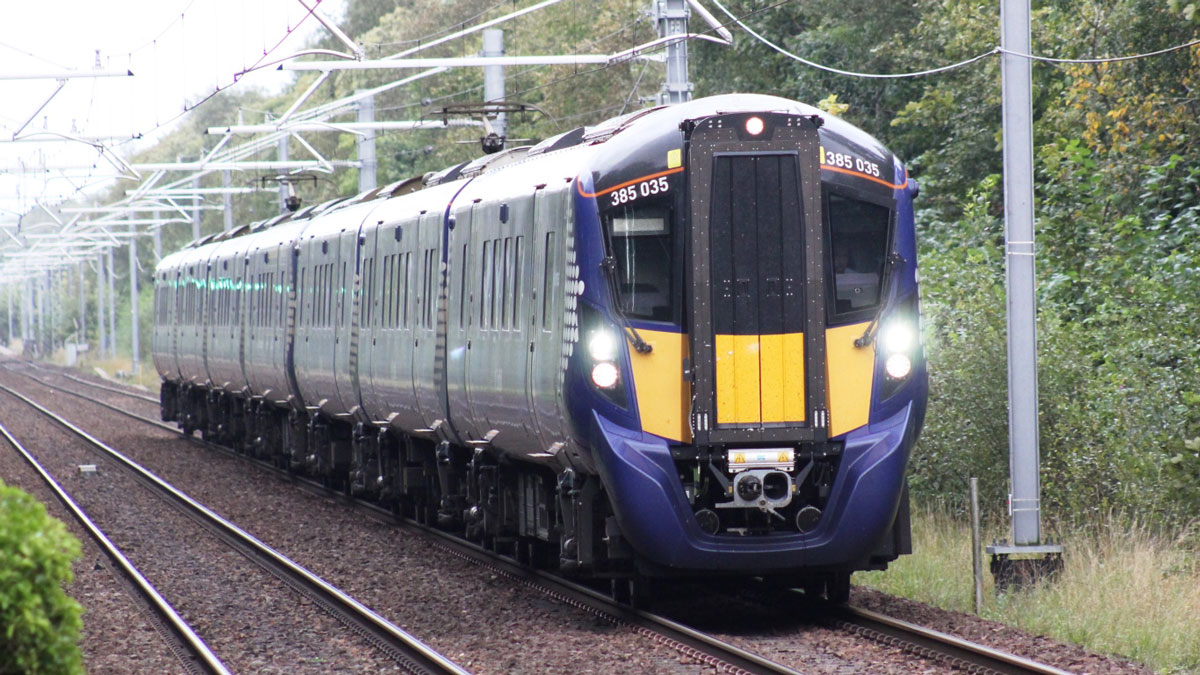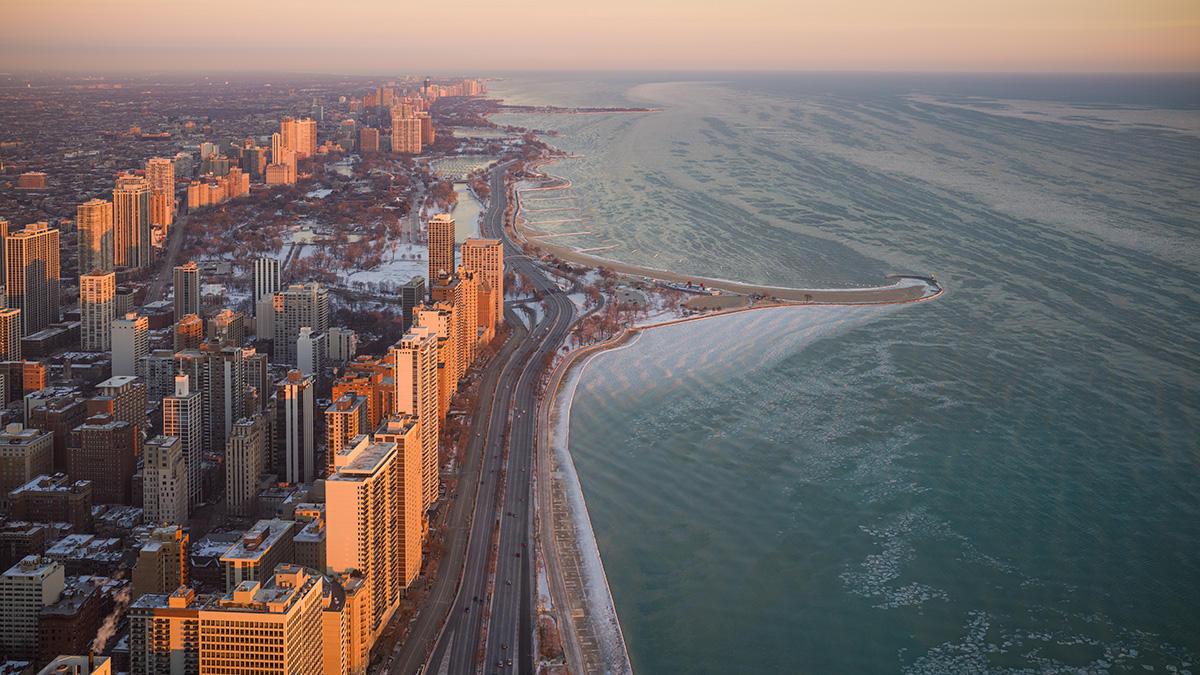A large landslide has destroyed a 662 m long highway viaduct in China. Over the last two days there has been considerable media coverage of a large, highly destructive rockslide that occurred at Hongqi Bridge in Sichuan Province, China. There is a very interesting set of images of the bridge during construction on the Highest […]
transportation
Remediating the Browney Curve landslide in County Durham
The Landslide Blog is written by Dave Petley, who is widely recognized as a world leader in the study and management of landslides. Rail Advent has a very nice article that describes the now completed repair of the Browney Curve landslide on the East Coast Mainline railway line in England. This is a site that […]
Road Development May Put Habitats at Risk
New research links road construction with increased urbanization and more fragmented species ranges.
The Role of Community Conversation in Improving Air Quality
Collaboration between academic researchers and environmental justice organizations is key to mitigating emissions.
The Baildon landslide in West Yorkshire
The Landslide Blog is written by Dave Petley, who is widely recognized as a world leader in the study and management of landslides. On 5 February 2024, a railway cutting failed on the edge of Baildon in West Yorkshire, England. As a consequence, the railway line, an important route linking towns across the region, was […]
Ocean Vessels May Trigger Lightning Strikes
Previous research indicated aerosols in ship exhaust could enhance lightning. New research indicates the ships themselves may be to blame as well.
How Space Storms Miscue Train Signals
Geomagnetic storms could significantly disrupt electrified train operations in the United Kingdom once every few decades, according to a new study.
Tracking Climate Through Ship Exhaust
International regulations have reduced aerosol pollutants released from ships. Now, researchers want to use ship tracks to better understand the ambiguous effects that cleaner air has on climate.
Arctic Shipping Routes Are Feeling the Heat
Climate science and the global shipping industry collide in an ice-poor Arctic.
Lake Michigan’s Salinity Is on the Rise
Road salt is primarily to blame for the shift, though the water remains within safe levels for now.










